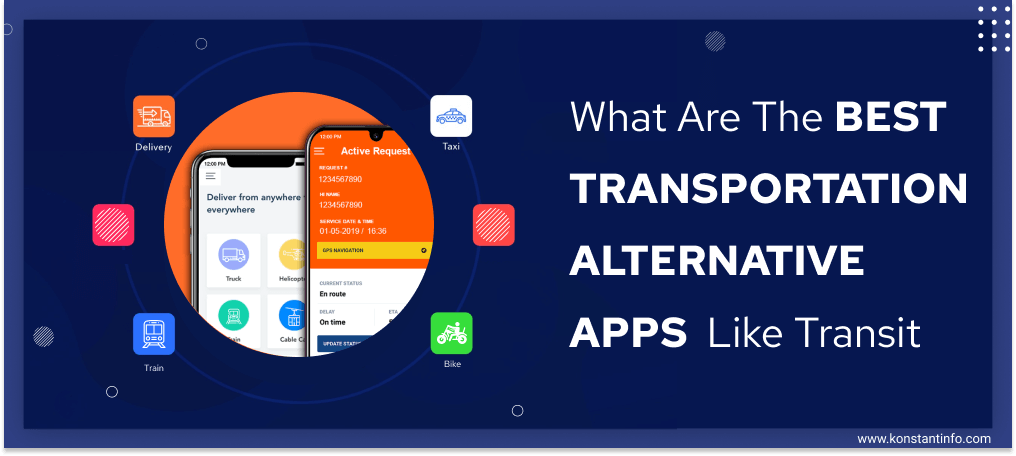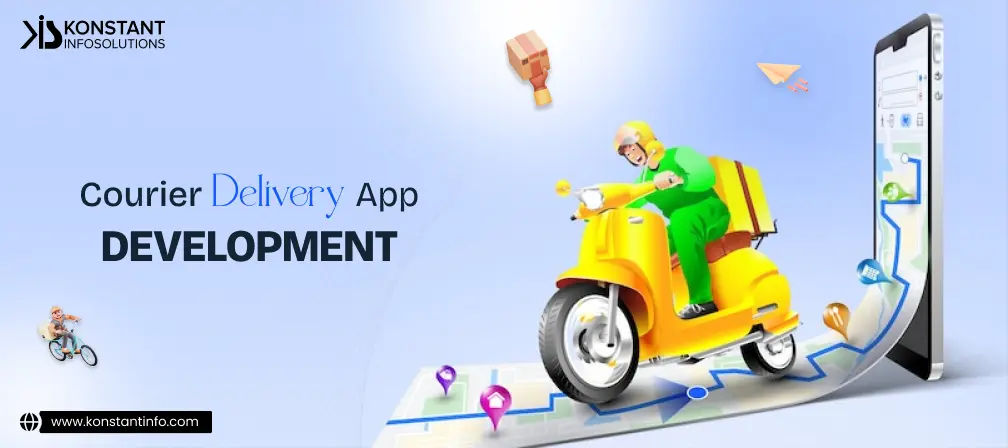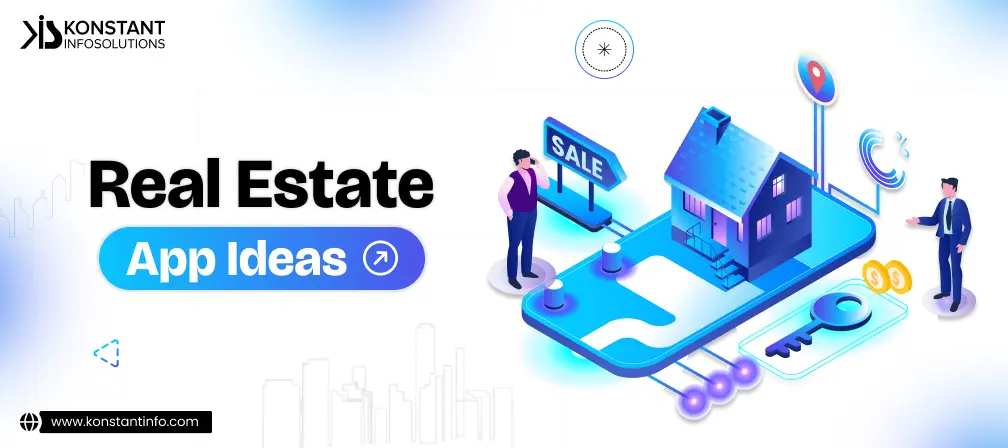
The future looks bright with all the ongoing progressions in the transportation industry. There are smart solutions and sustainable alternatives to improve distribution centres, warehouses, shipping and transport management. In the United States, the ground transportation industry and warehouse logistics market spans across trillions of dollars. It consists of several industries from logistics, air freight, road, marine, airlines, and transportation infrastructure.
Blockchain: Smart contracts in blockchain can help save money and time. This can further enhance security in the supply chain, reduce fraud transactions, errors or certification of third-parties. This will eventually increase efficiency.
Internet of Things/loT Devices: IoT enabled trucks with GPS and real-time mapping features with video and audio data, to enable vehicles to measure and be proactive during wild turns, identify pedestrians and any potential hazards and providing a better understanding of data distribution with trains, trucks, ships, and planes.
Artificial Intelligence: AI takes care of passenger’s safety, helps reduce traffic congestions, reduces carbon emission, minimizes the overall financial expenses and accidents. These include knowledge-based systems, neural networks, fuzzy systems, general algorithms, Agent-based methods.
Machine Learning and Big Data: Predictive analysis helps manage high levels of reliability with big data in logistics and delivery of goods. This helps in streamlining factory functions, optimize routing and give transparency to the entire supply chain. Sensor driven data, website browsing, real-time location data, driving patterns, social media data, vehicle diagnostics, financial business forecasts – there can be many benefits of making use of big data
Drones deliveries have become a new norm, more since COVID-19 Pandemic, where cops use it for surveillance. These were earlier used for videography and home deliveries by restaurant partners.
All the problems with logistics are comparatively simpler to handle the alignment of appropriate technology and deployment of an integrated environment with big data applications for logistics management and transportation companies.
The mishandling of the vehicles and items by the drivers, damaged goods due to unforeseen complications calls for the need to have improved logistics and transportation with new technology and green logistics. Businesses have partnered with third-party service-oriented logistics providers for help.
The increasing use of geo-location capabilities has facilitated ride-hailing applications and as there is an emergence of companies willing to exploit this new improved niche on the previous technological and regulatory scenario, it is gradually leading to reducing the need to own a car.
The streets are already flooded with vehicles from Uber, Lyft, Cabify, Didi, CityMapper, Moovit and more. Such transportation service apps are run in single trip mode, they generate more traffic and pollution. But if converted into services that aggregate the journeys (clubs multiple travellers), combines commute, working as a ride-sharing platform like Uber Pool, they eventually become economical and are used more. These often replace journeys that people used to make otherwise.
Transit helps to provide public transit data in real-time. It aggregates, crowd-sources user data to determine the true location of buses and trains. Many features for which Transit is Famous for Direction toggle, a Map view, Favorites, Schedule your trip, Browse real-time service advisories, subscribe to push notifications for disruptions that may affect your commute, See how many bikes/docks are available at nearby bike-share stations, Plan trips, view schedules and see route itineraries. Even offline, See exactly where your bus or metro is on the map in real-time, and has support for all transportation modes: bus / metro / subway / tube / underground / light-rail / tram / streetcar / train / bike-share / Uber / cycle hire / ferry etc.
The ecosystem helps to bring intelligence to companies remotely in real-time along with the optimization of asset utilization through transportation and logistics sharing models. Having a centralized system to manage to track flows such as control towers and new collaborative models is possible. If you wish to make an app like Transit and boost your logistics and transportation businesses with customized applications for on-demand transportation and logistics from our experts. Get an instant quote!



Manish Jain is the co-founder and Managing Director at Konstant Infosolutions. He is responsible for the overall operations of the company and has played a major role in bringing Konstant up from its humble beginnings and, with his immense energy and drive, transforming it into a globally trusted name in IT solutions.
Or send us an email at: [email protected]